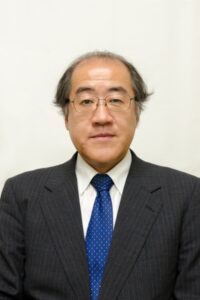
They cannot do what they did after the Great East Japan Earthquake for all earthquakes. State risks require preparations on the part of autonomies and citizens. ORIKI Ryoichi Former Chief of Staff, Joint Staff Funabashi Yoichi has interviewed a number of people for this magazine (Bungeishunju) on the topic of the Fukushima Nuclear Power Plant accident and crisis leadership – writer Hando Kazutoshi (June 2013), former Chief of Fukushima No.2 Nuclear Power Plant Masuda Takahiro (August 2013), and Charles Casto of the U.S. Nuclear Regulatory Commission (October 2013). On this occasion, he meets former Joint Staff’s Chief of Staff Oriki Ryoichi, who was head of the army, naval and air forces at the time as the leader of the Self-Defense Forces’ uniformed personnel, to discuss the role of the Self-Defense Forces (SDF) in this incident and leadership as its former commander. FUNABASHI Yoichi ... ... [Read more]

